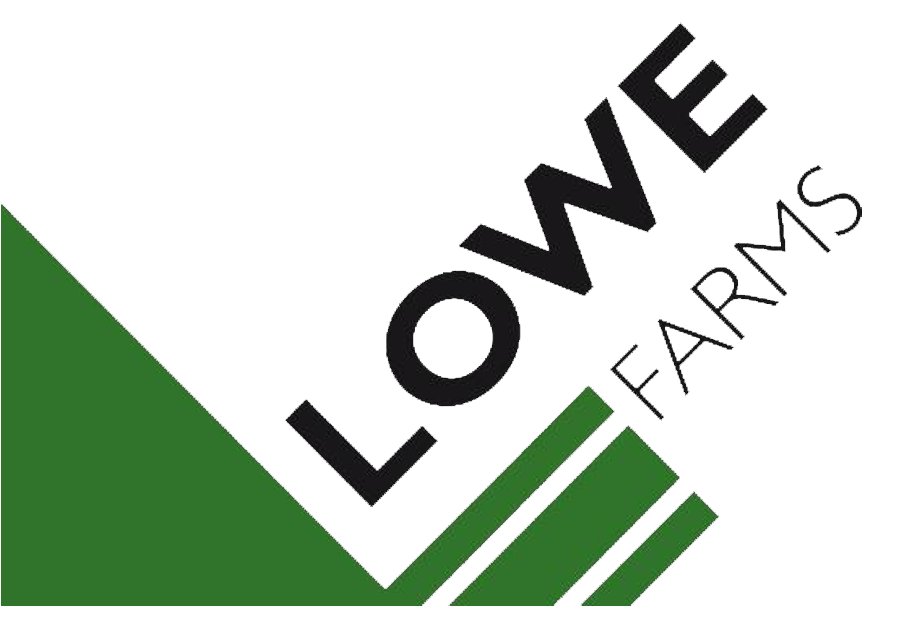PRODUCTS
Don’t see an answer to your question in the list below? Contact us directly.
What is chaff?
Chaff is dried forage, or roughage, that has been cut into small pieces for feeding to horses and livestock (in contrast to the long grass stems in hay). Chaff is easier to digest than hay and so it’s great for both young and older horses, and easier to mix with other feeds to balance a ration with less wastage. Chaff is a great fodder, and premium chaff should have good colour, be free from dust and have a fresh aroma. At Lowe Farms, we offer different types of chaff for horses including lucerne blends with wheat, oats and low sugar.
For which animals do you recommend chaff?
Horse and pony owners are our biggest chaff-buying customers, but our chaff blends are also excellent feed choices for donkeys, goats, sheep, alpacas, rabbits and guinea pigs.
Why is your chaff not steam-cut?
Because it doesn’t need to be. Steaming should only be used when the hay is brittle and the moisture content is too low. Adding steam toughens the hay meaning it doesn’t shatter and create dust when cut. At Lowe Farms, we use advanced production methods that ensure all our hay is cut and baled at the right moisture level. This means we don’t need to toughen chaff with steam before we cut it. Curing of chaff with steam is quite an old-fashioned practice. We prefer to use more modern techniques that ensure a better-quality product. There are no nutritional differences between steamed and unsteamed chaff. The only difference is that because we have complete control over every bale we can make sure the moisture level is right before cutting, without resorting to steaming it first.
Why is long-cut chaff better than short-cut chaff?
Long-cut chaff is much better for animals – especially horses – because they have to chew it more, which leads to improved gut health. We’re able to cut our chaff longer than others because we’ve locked in the perfect moisture level in our production methods, so it cuts easier and it’s a cleaner product. Many customers tell us that once their horse tries Lowe Farms chaff, they won’t eat anything else.
Why is lucerne chaff so popular with horse owners?
Lucerne chaff is low in sugar and high in soluble fibre. It’s also a good source of calcium and vitamins A, K, E, and helps boost your horse’s protein and calcium levels. This type of horse food also has a buffering effect in the horse’s gut and aids digestion due to its high pectin content. Lowe Farms lucerne is locally grown on the Adelaide Plains, which gives it a higher quality. When we add it to our blend, we make sure 50% of the final product is lucerne – there’s no scrimping at Lowe Farms!
My horse loves your chaff – can I buy some more from the same batch?
Yes! Because we grow all our products, we know exactly what paddock each product comes from, when it was harvested and when it was cut. We can easily match things up to your original purchase if your horse is a little on the fussy side.
What is Fat Pony?
Fat Pony is a unique Lowe Farms product that’s a low sugar chaff. This specially formulated low sugar, long-cut chaff is a blend of premium meadow, lucerne and barley straw. With an average NSC under 12%, it’s perfect for horses and ponies prone to weight gain, laminitis, cushings and EMS.
What’s in your Meadow Hay?
Our meadow hay (or grass hay in some states) is sown annual and perennial rye grass hay. We buy certified ryegrass seed of both diploid and tetraploid varieties to sow on our farm, and they are managed, sprayed and fertilised like any other crop. Our meadow hay is specialised and isn’t like other meadow hays where whatever comes up in the paddock is baled and sold, weeds and all. Each year new varieties of low sugar and low endophyte hays are released from the plant breeders, so we are always trialling these for our meadow hay.
Is your wheaten hay bearded?
No. Our wheaten hay is awnless. This is better for horses and other animals because there are less potential issues with awns getting stuck in gums and throats, therefore reducing the risk of mouth infections. It also minimises the potential of eye irritation.
Do you add oil or additives to your chaff or hay?
No.
When you buy a bag of our chaff, all you get is the chaff. Oil can be added to chaff for the following reasons:
- To make the chaff more palatable
- To bind and suppress dust when the hay is too dry
- As a supplement of Omega 3 and Omega 6 for working horses
Some hay can be sour, so oil can be added when cutting chaff to make it more appetising. We cut hay at the optimal time, so our hay and chaff are always palatable. We bale our hay with a traditional small square baler and round baler, rather than a high density medium square baler which requires the hay to be cured longer and therefore has much lower moisture levels. Curing can be sped up with the use of additives, but with our baling system we have no need to add these chemicals. Our hay is baled at the correct moisture level and stored undercover to prevent drying out, so we don’t need to add oil (or steam) to toughen our chaff to reduce dust.
Every horse is different, and no one knows their horse better than you do, so we leave it to you to add whatever additives your horse needs to its ration.
How do I know if my hay and chaff is low in sugar?
Horse feeds contain sugar and starch, which are collectively termed non-structural carbohydrates (NSC). The recommended ‘safe’ level of NSC in horse feed should be less than 12%. Higher NSC feeds are suitable for horses in active work. Thanks to our fodder analysis and nutritional testing done at baling, we can advise you on the best product for your horse and we are extremely transparent about the amount of sugar in our products. If you need a low sugar fodder, we suggest our Fat Pony blend, which has an average NSC under 12%. However, we recommend you seek veterinary advice if needed, as all horses are different. If you are unsure about the sugar content of the hay you are buying, ask your local feed store for a copy of the fodder analysis.
How do I calculate the NSC of my hay, chaff or feed?
Ask your fodder store for a copy of the feed analysis.Vets are advising that NSC = WSC + Starch as the most common way to analyse the sugar in hay. The sugar content can vary greatly from year to year, so it’s imperative that an analysis is done for each season, for every variety and cut in each paddock. This is what Lowe Farms does, because we understand how important this knowledge is for the peace of mind of horse owners.
What product do you recommend for a horse with laminitis, cushings or EMS?
When choosing which chaff to feed a laminitic, it’s important to consider the sugar and starch content. Horses with metabolic concerns require reduced levels of non-structural carbohydrates (NSC) to support their activity levels. We have developed a low sugar blend called Fat Pony, which has an average NSC under 12%. However, we recommend you seek veterinary advice if needed, as every horse is different.
What size are your bales?
Our traditional small square bales are 930mm (length) x 450mm (width) x 350mm (height). They can easily be broken down into biscuits to make feeding easier.
ORDERING
Where can I buy Lowe Farms chaff & hay products?
All our products are available for sale at our on-site Farmgate Fodder Shop (either purchased online prior to pick-up through our Shop, or onsite during opening hours). In addition, our products are sold through several stockists in South Australia.
Where are you located?
Our farm is located at 1008 Roennfeldt Road, Pinkerton Plains – 20 mins north of Gawler. Our Farmgate Fodder Shop is onsite and is well sign-posted with plenty of room for trailers and horse floats.
What are your opening hours?
Our Farmgate Fodder Shop is open every Saturday 9am – 12pm and every Wednesday 5pm – 7pm. You are also welcome to book a pick-up time through our Load ‘n Go service, which is available Tuesdays, Thursdays and Fridays from 7am to 7pm (excluding 12pm – 1pm)
Do you offer delivery of your chaff & hay?
Currently, we only offer direct delivery to fodder shops, but you can also purchase and pick up orders from our farm. Buy online and either pick-up during our Farmgate Fodder Shop opening hours or use our Load ‘n Go service. We also work with stockists throughout South Australia who may be able to offer delivery.
Our shop is getting customer requests for Lowe Farms chaff & hay. How can we carry your products?
Our list of stockists in South Australia is constantly growing, and we welcome the opportunity to work with new fodder shops throughout all areas including the Yorke Peninsula, Eyre Peninsula and Adelaide Hills. If your shop is interested in becoming one of our stockists, please contact us.
If I buy online through your Shop, do I have to call to arrange a pickup time?
No, with our Load ‘n Go service you can choose a date and time for pickup at the time of online purchase, or you can pick up during our Farmgate Fodder Shop opening hours.
If I buy online, will you deliver it to me?
At this time, only pallet orders are available for delivery – please contact us to arrange. Any online purchases are only available for pick-up at the Farmgate Fodder Shop, either during our opening hours or at a day/time you specify in our Load ‘n Go service.
”Absolutely delighted with the quality and sizing of the meadow round and lucerne bales we received. Excellent customer service, everyone is super helpful and friendly! We’ve been back several times since going the first time and we are always impressed.
Flash the Welsh Pony – AKA Bek SuhardWindsor

